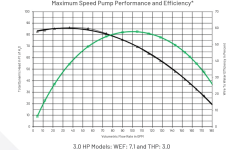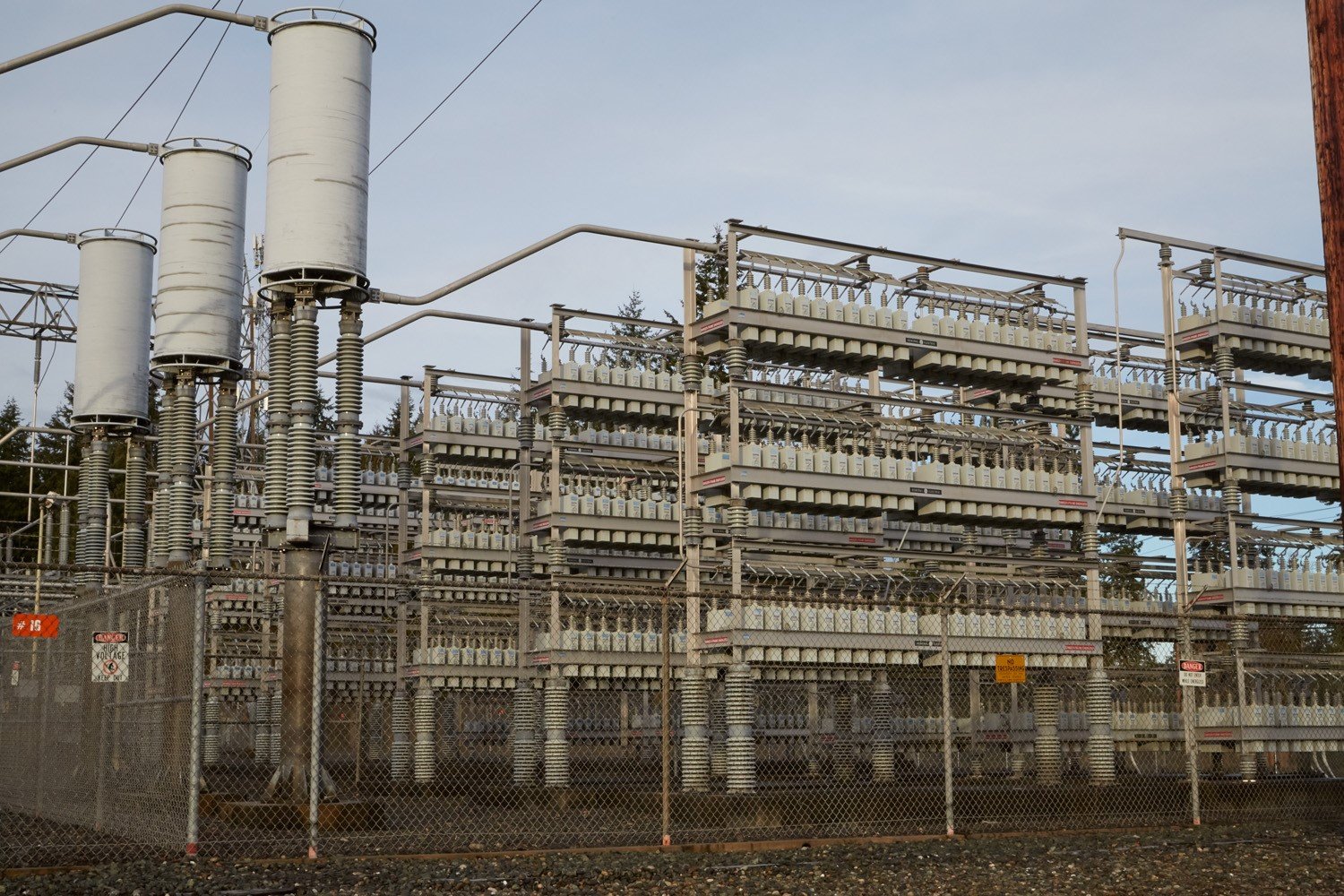I was curious to see how much power my VSP uses as different speeds. I measured the power with a clamp meter and got the results below.
As you can see, there is a drop at around 1500rpm. It means that my pump uses less energy to run at 1600 rpm than it does at 1500 rpm. It doesn't make any sense to me.
I performed several measurements at each speed, and always get the same shape.
Is there a physical explanation to this, or is it more likely that my clamp meter is somehow malfunctioning?

As you can see, there is a drop at around 1500rpm. It means that my pump uses less energy to run at 1600 rpm than it does at 1500 rpm. It doesn't make any sense to me.
I performed several measurements at each speed, and always get the same shape.
Is there a physical explanation to this, or is it more likely that my clamp meter is somehow malfunctioning?









